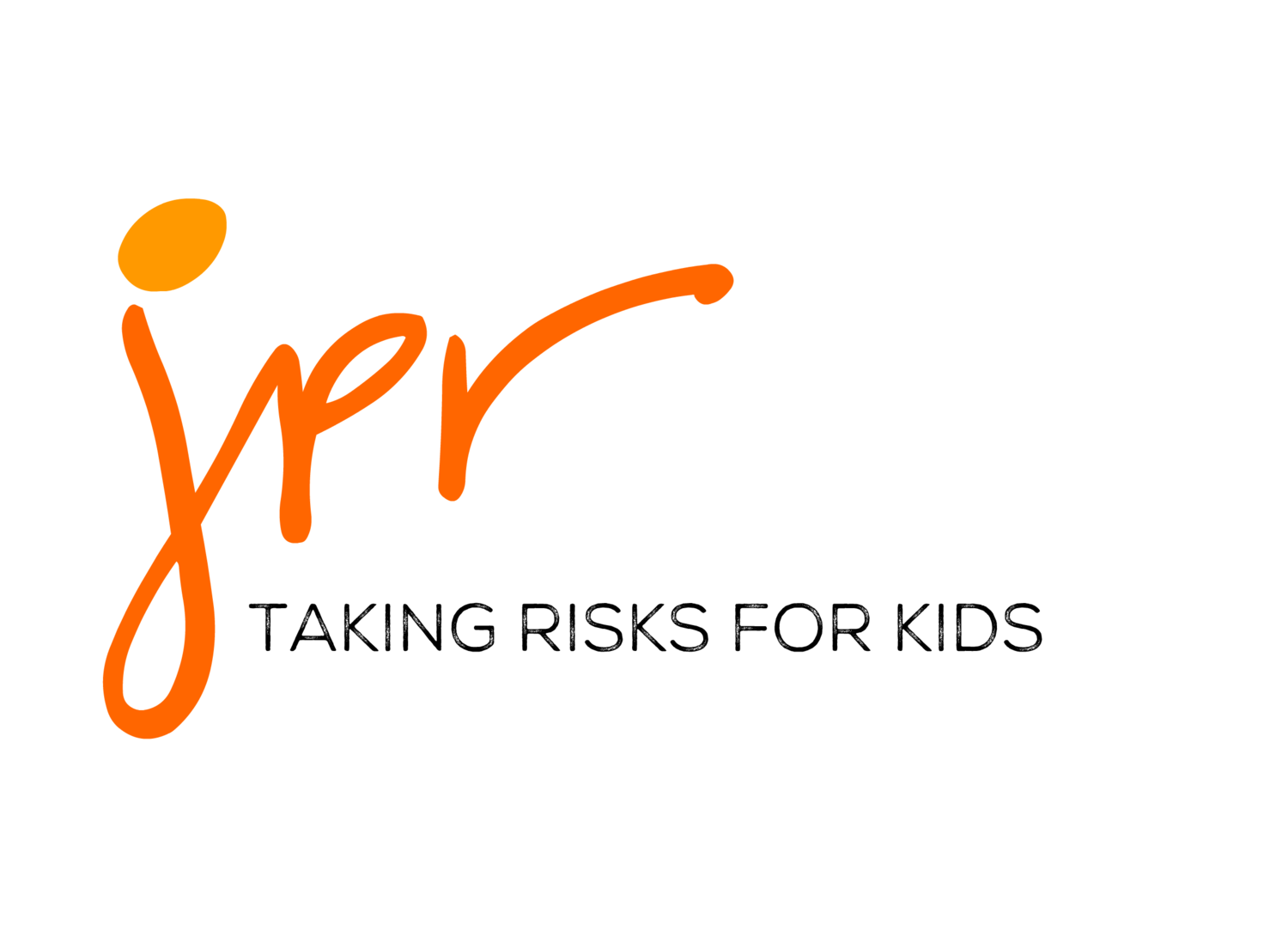Principals Matter, Big Time!
/I always thought that the ones with a tougher job than mine when I was a school superintendent in Sacramento, CA, were principals. At least if I chose to, I could go to my office and close the door. Principals can never close their door! They are too busy greeting students and moving them on to class with a supportive word and sign of encouragement, checking in on teachers, welcoming a parent or community partner to campus, and seeing that the school cafeteria or building staff have what they need. Exhilarating and exhausting!
Which is why a recent study released by the Wallace Foundation entitled “How Principals Affect Students and Schools: A Systematic Synthesis of Two Decades of Research,” validates what good school district leaders have known all along – who you have running your schools matters big time! As the report highlights in the introduction, “Principals really matter. Indeed, it is difficult to envision an investment with a higher ceiling on its potential return than a successful effort to improve principal leadership.” Exactly!
I personally hired every one of our principals and assistant principals because I knew that if we were going to get anything done – implementing our shared vision about “Putting Children First” – it would largely be done by our school leaders. To ensure we had school leadership with a real understanding and stake in the community, we decided to “grow our own” and build our bench of future school leaders rather than hire from the outside. The program, which was called “Aspire,” identified and prepared teachers to be future assistant principals. And in a nod to the many charter schools operating in the community, half the seats in a class were allocated to charter school teachers. The program emphasized building relationships with staff, families, and community, as well as creating culture and instructional practices.
We put a lot on the shoulders of our principals and held them accountable for results, and in turn we supported them and had their backs. And these latter two points are key. Principals will go to the mat for you as long as they know you will be there for them. There when a parent or school board member crosses the line. There when they need extra resources to add a dance class or an AP science teacher.
But the news today is dark. According to Ronn Nozoe, Executive Director of the DC-based National Association of Secondary School Principals, “ it’s extremely concerning that 42 percent of principals say that the conditions they’ve experienced during the pandemic are accelerating their plans to leave the profession. This should serve as a clarion call that we need to address the well-being and needs of our school leaders in order to ensure that they want to stay in positions of leadership before we have a shortage on our hands.”
Why are they accelerating plans to leave the profession? Two reasons stand out.
First, as a former colleague of mine and current school leader shared with me, “Principals need balance in their work. A balance between engagement with children and that which occurs with adults. During the pandemic, schooling and systems thinking have been adult dominated. Yes, we are here to support our educators, but we have been deprived of time and interactions that focus on students. Our work within the last year has not centered around children, we are effectively "Putting Adults First.” Insightful, and troubling.
But here is where it gets heartbreaking. As my colleague reminded me, “Principals do need support systems and safe places for professional learning and growth; however, these supports are only effective within a functioning system that is able to actualize a comprehensive Strategic Plan.” And by comprehensive Strategic Plan, he emphasizes, “one that’s been built by, vetted, and owned by all stakeholders within a community.” When a plan is coherent and a community feels a sense of ownership in the direction and outcomes, such a plan can serve as the launching pad that enfranchises school leaders, community partners, and families around the needs of children.
Unfortunately, many current school systems and their leadership are attempting to create learning models within a vacuum, without authentic engagement or partnering with their communities, and hence they push down expectations for institutionalizing the tenets of such models onto school leaders. Within this reality, offers of “self-care” trigger anger because “self-care” within this context is only needed to deal with the stressors created by leaders themselves.
So, what can Ronn’s clarion call involve? First, if we are to focus on the four leadership behaviors that the Wallace report attributes to successful principals (engaging instructionally, building school culture, facilitating collaboration and learning, and managing resources), then we must focus on building their people, instructional and organizational skills. And let’s begin by reengaging and reenergizing their hearts and minds about this most noble work.
Start by recognizing what they need and commit to giving principals access to peer support networks so they have safe spaces to learn together. Bring balance back into their lives by getting children back into school buildings immediately. Go back and engage your community in creating a shared vision and comprehensive blueprint for educating and developing children and align all systems that interact with children around this plan. With the above three steps underway, focus on supporting self-care (physical, emotional and spiritual health). School leaders can’t bring their best without being their best. Lift up professional leaning that focuses on supporting instruction, building relationships, and strategic thinking, systems and management skills.
If we are serious about using this public health crisis as an opportunity to transform how we educate, develop, and nurture children, let’s start by supporting those running our schools. Focusing on school leaders is one key to the transformation process. We can’t afford not to.
